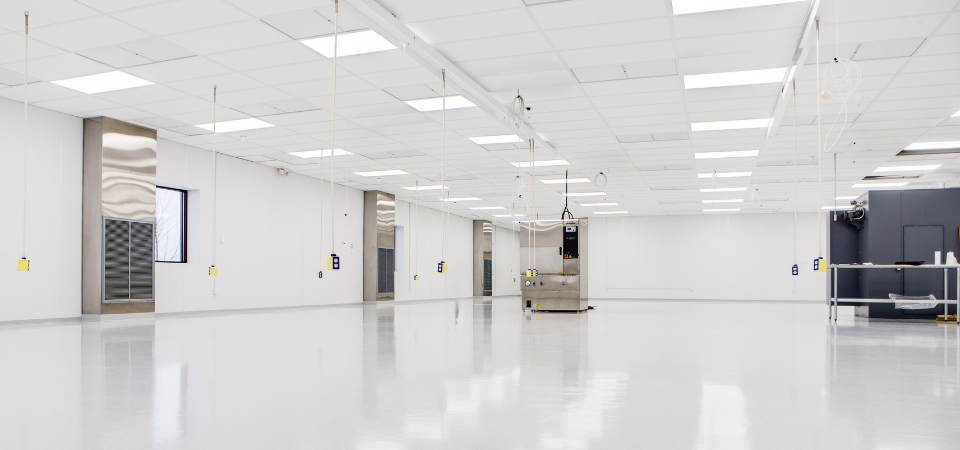QUESTION:
How do you determine which type of cleanroom wall surface is to be used for a clean room design?
Answered By: Tim Loughran
The type of cleanroom wall surface used is dictated by a lot of things, including the cleanliness required of the cleanroom, whether static electricity is an issue, or the type of cleaners that will be used to clean your cleanroom.
In the harshest cleanroom environments, for instance in a pharmaceutical cleanroom environment, the surface has to hold up to a variety of cleaners, which are used to both clean and disinfect. When you have to clean and disinfect, you have to use cleaners that are very aggressive and have very caustic components to them. The cleanroom wall system that you pick, whether it’s a UPVC or painted aluminum, is dictated by what type of cleaners you will use as well as how well the surface will hold up to those cleaners .
In environments like microelectronics or semiconductor fabrication (where the FabLine wall system is used), two core concerns would be how smooth the surface is and whether it builds up or dissipates static electricity. The FabLine system is more related to having a conductive coating on the paint so that as the air washes across it, it is not building up a static charge.
When you get to the CleanLine system, this is where the greatest variety of panel surfaces are available. This variety is available because the cleanliness environment and the costs are influential in the decision making process – for instance, what you need in terms of cleanliness, what will be used in terms of cleaners, and the cost that you want to spend on the system. These decisions dictate what panel surface you utilize for your CleanLine wall, whether it be vinyl-coated all the way to up to a conductive aluminum panel.


